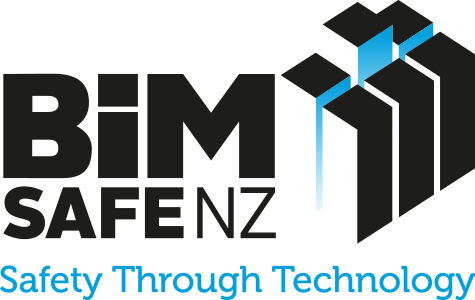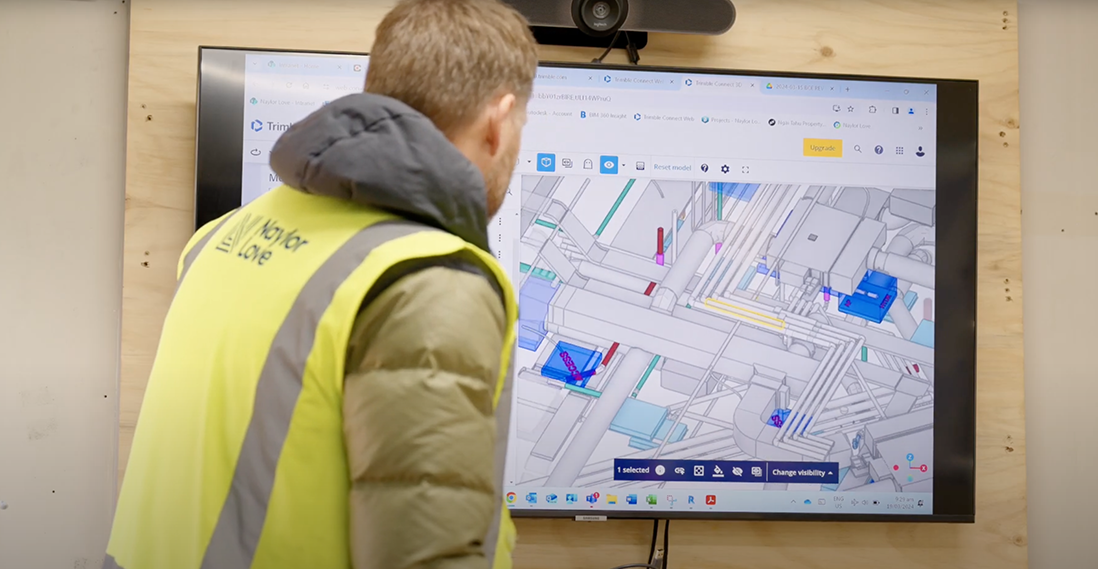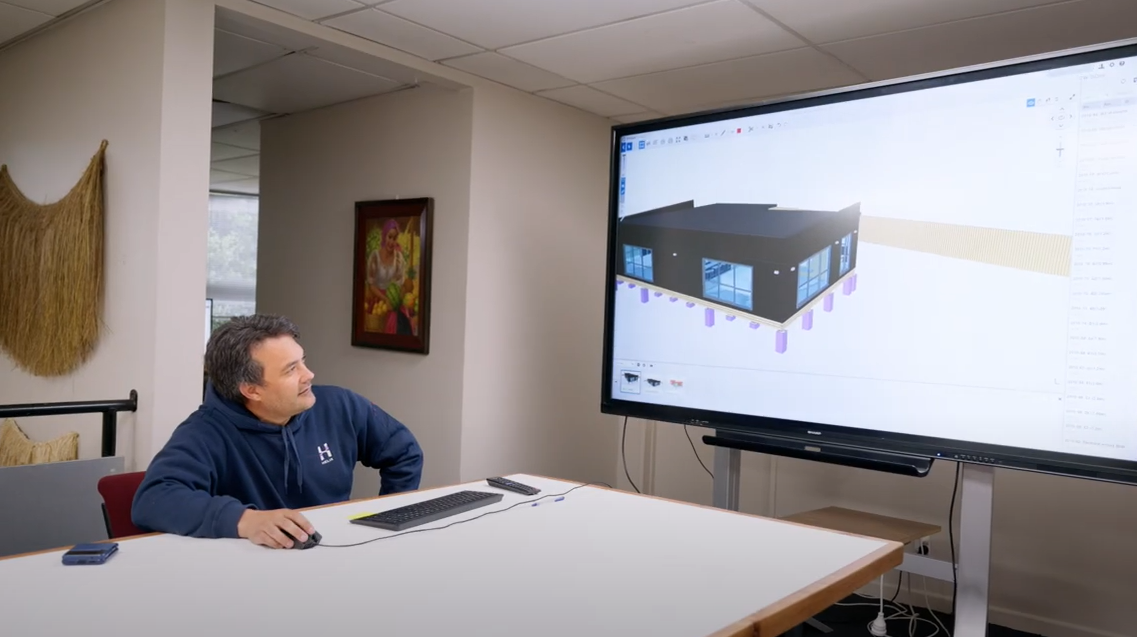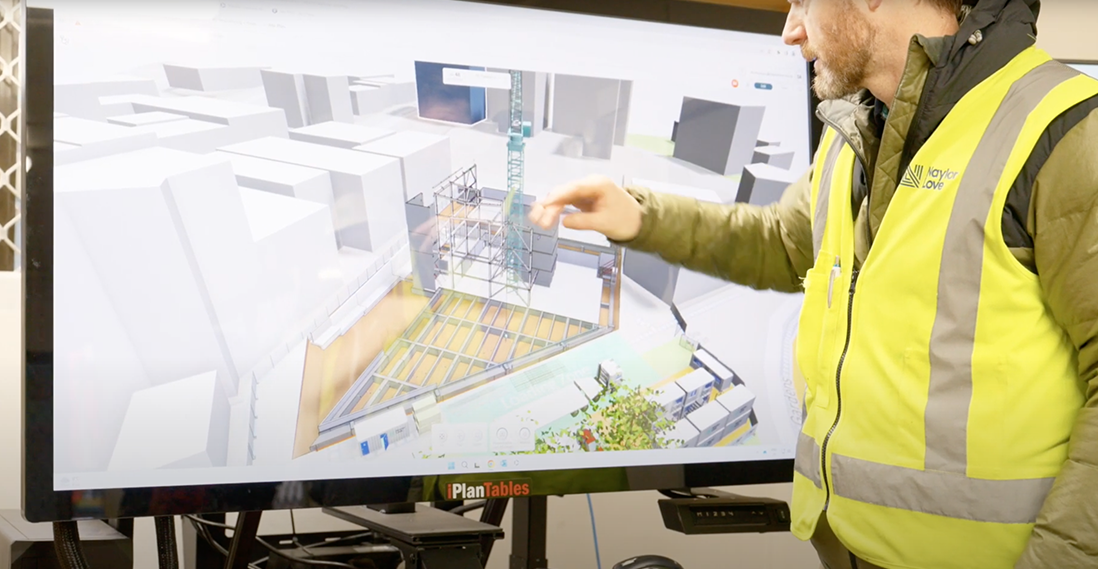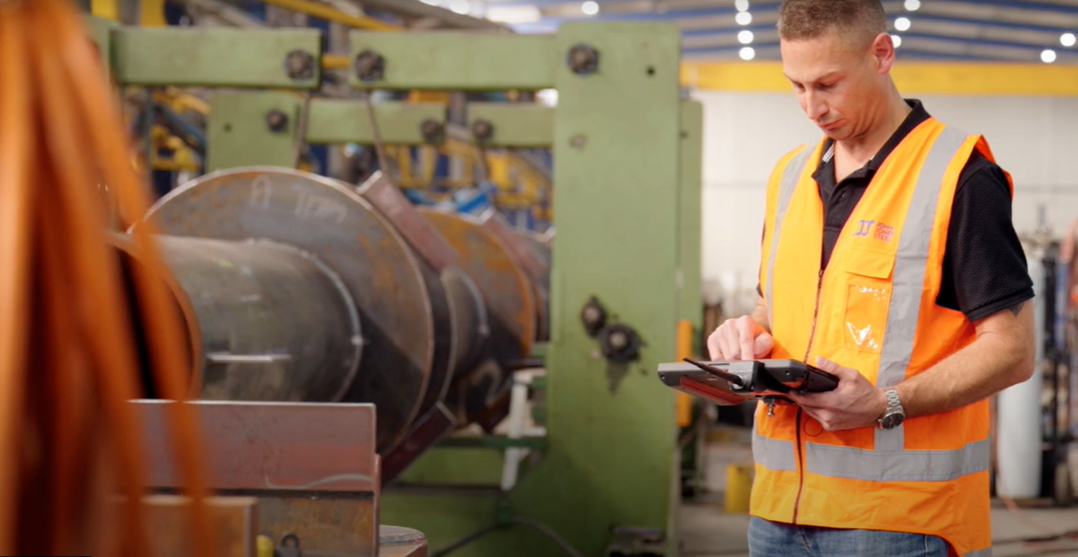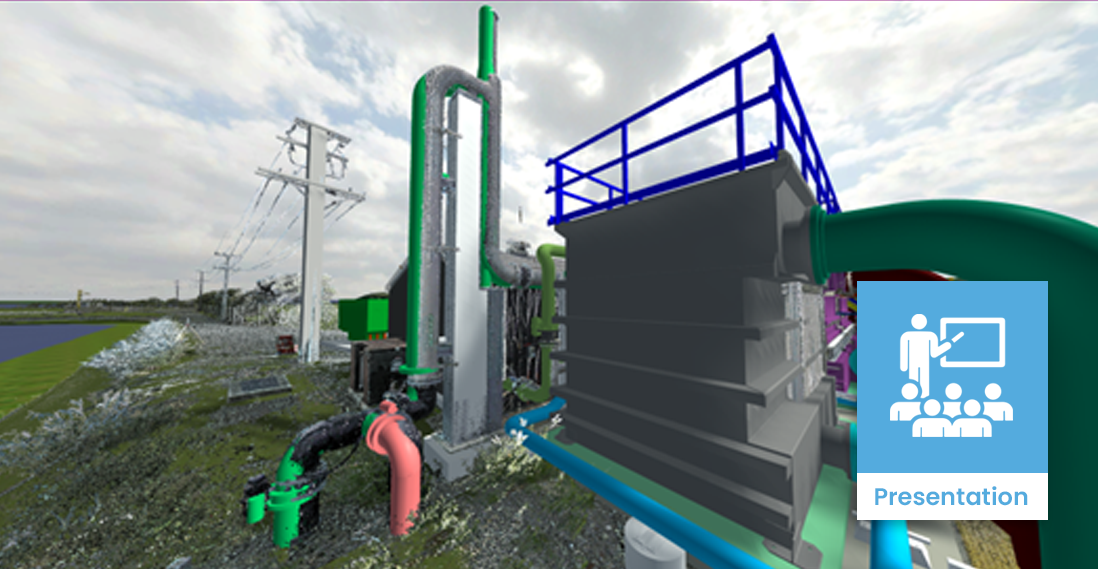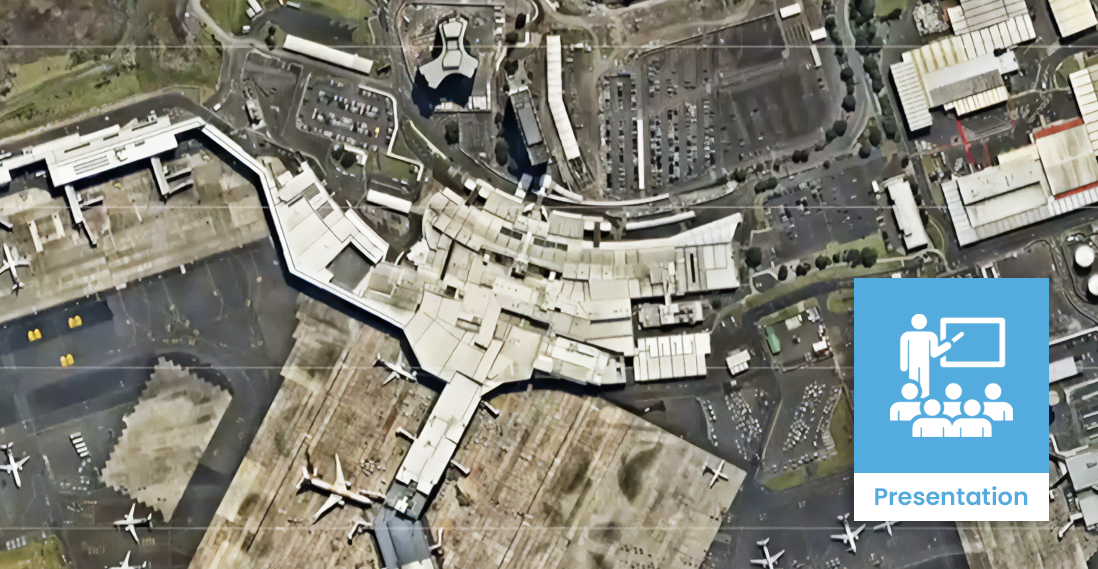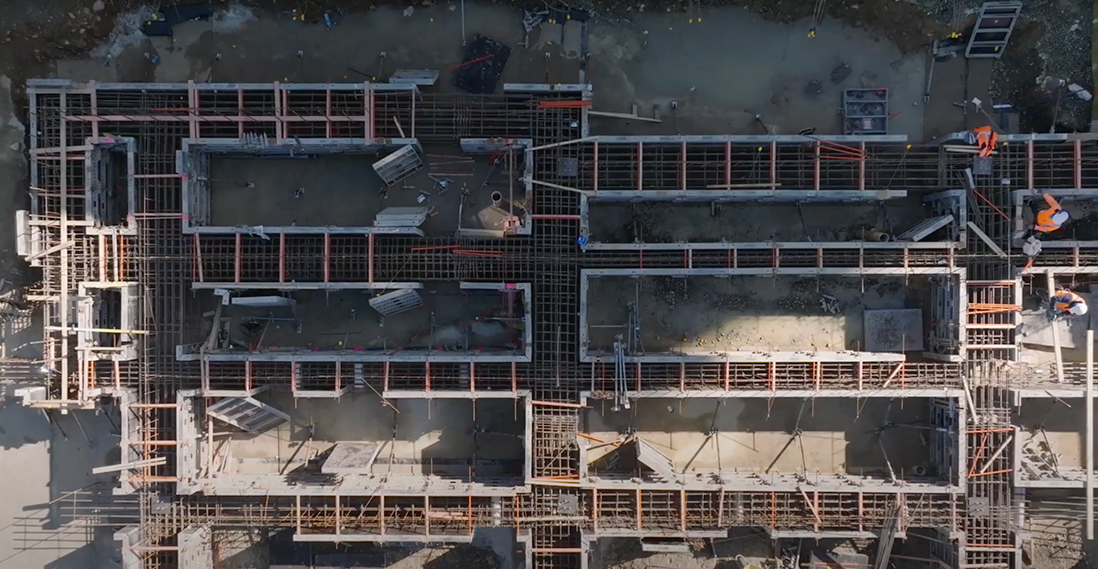Contractor / Subcontractor | Model interaction for hazard identification
Description
Model interaction in Building Information Modelling (BIM) goes beyond simply viewing a model, but allows users to engage with, manipulate, and extract information from a digital model of a project. This interaction includes navigating through the 3D model, adding or moving elements within the model, and linking model data to other tools.
Hazard identification involves looking at the project’s design and proposed construction methodology to find situations that could potentially harm workers throughout the process. By manipulating elements in the model, users can identify areas where workers may be exposed to risks, such as working at heights, confined spaces, or in proximity to heavy machinery. The ability to select and filter elements within the model allows users to focus on specific components or systems that may pose hazards, such as electrical or mechanical equipment. By linking the BIM model to other tools, such as safety analysis software or virtual reality applications, project teams can simulate and analyse various safety scenarios and help develop effective mitigation strategies.

Case studies
Uses and benefits for health and safety
Some of the specific applications of model interaction for hazard identification include:
- space
- Heavy machinery interaction: This is particularly relevant to large sites such as horizontal infrastructure projects. Virtual barriers or exclusion zones can be added to the model to establish safe working distances and traffic patterns for workers and equipment. For example, in a situation where staff must work close to an active train line, the BIM model can impose a no-go zone, limiting the equipment to a predetermined clearance and ensuring the workers maintain a safe distance.
- space
- Locating and avoiding buried utilities: The model can be used to identify potential conflicts between proposed excavation work or new underground installations and existing buried utilities. This can help identify areas where hand-digging or soft digging techniques may be required to safely expose and protect buried utilities before proceeding with mechanical excavation.
- space
- Confined spaces and clearances: The model can be used to determine the dimensions and access points of confined spaces, and help in mapping safe distances where clearances are not well represented (such as conveyor clearances or space required for installation).
Technology/techniques
To manage a hazard with an avoidance or no-go area, contractors can use controls that automatically disengage equipment or prevent it from crossing an invisible barrier. On a digger or grader, these systems use sensors and geolocation data to prevent the machine from entering no-go areas.
To manage moving hazards such as a conveyor, clearance and no-go information must be incorporated into the shop modelling process.
All install instructions given to sub-contractors should refer to and comply with the limits set by this information. If it is ignored, the sub-contractor may unwittingly install elements inside the clearance or no-go zones, creating health and safety risks.
Model/data requirements
Temporary works, plant and equipment will need to be incorporated in the model, as well as accurate clearance and no-go information, so the benefits provided by enabling model interaction for hazard identification needs to be considered against the additional resourcing needed.
should ideally contain. For example, the BIM model can only identify and maintain safe clearances between moving vehicles and equipment operators if the model contains the right clearance data.
Hardware and software requirements
Most model authoring software can be used to identify hazards. The important factor is not the choice of software, but that the model exists, contains accurate information, and identifies hazards in a way the contractor can use.
The contractor can use clash detection software to check the fabrication and installation models against the zones used with dynamic elements.
Contractors can use machine control systems to operate equipment more safely. Machine control software interprets data from heavy machinery and uses it to control how the machine operates. Machine control hardware usually consists of a control module, a geolocation system, and sensors to locate the equipment and indicate where it may be at risk. Control hardware often needs to be separately installed.
Contract/procurement implications
The client often specifies that hazard identification should be part of the BIM model using the digital requirements document. If this is the case, contractors need to be aware of the requirement.
This doesn’t mean it will always be in the contract, and it is recommended that contracts allow for this. Using technology in this way helps to enforce the idea of zero harm on sites and may mitigate any negative public perception of the contractor should an issue occur on site.
Roles and responsibilities
| Design team |
Helps define the design requirements and some of the areas that should be avoided. They are the specialists in the system and its potential risks. |
| Contractor digital engineering team |
Ensures the BIM model contains the correct hazard identification elements, that they are accurate and in a useable format. ㅤ |
| Machine operators |
Ensures any machine control systems are effective and being used. ㅤ |
| Contractor management |
Determines whether the project uses BIM for hazard identification, communicates the requirements if it does, and ensures teams are trained in the process. ㅤ |
Training requirements
The BIM modelling team need to be aware of the uses the model is being used for and may need training to ensure the model is structured correctly for interaction with other tools or systems.
Operators who have not used machine control systems before should complete machine control operator training with the supplier of the control product. Every system is slightly different.
Future directions
In New Zealand, it’s uncommon to operate equipment via a BIM-enabled machine control system. However, if we follow European trends, it will become part of every contractor’s arsenal. As well as health and safety benefits, the technique offers other sustainability and cost improvements which are yet to be realised.
